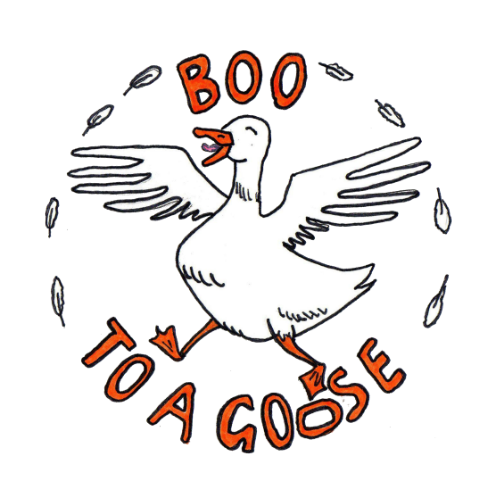In late December 2020, the two largest planets in our Solar System, Jupiter and Saturn, will be so close in the sky that you'll be able to see them both through the same telescope at the same time. Such close passes are known as Great Conjunctions. The Great Conjunction of 2020 will be the closest in almost 400 years, and it may well be the closest pass that has ever been viewed through a telescope.
The Astrophysics Group at the University of Exeter and Exeter Science Centre invite you to join them in observing this once in a lifetime event.
We live streamed a view of Jupiter and Saturn from a telescope from 4:15–6:15pm GMT on Sunday 20th December.
A recording of this stream is embedded to the left / above.
Sharing the Great Conjunction
Dr Claire Davies has written an article about this project, which was accepted for publication in the April 2021 issue of the Royal Astronomical Society's Astronomy and Geophysics (A&G) magazine.
The article is now available on the A&G website, as well as being freely available on the arXiv.
The article is now available on the A&G website, as well as being freely available on the arXiv.
How to See it Yourself
In this video, our head of group, Professor Matthew Bate, explains what Great Conjunctions are and tells you how and when you may be able to see the Great Conjunction of 2020.
This video also describes what you may expect to be able to see by eye, using binoculars, or through a telescope.
Information for Kids
In this video, one of our postgraduate researchers, Federica Rescigno (@fede_rescigno), tells the younger folks in the audience more about what is going to happen and about the main players — Jupiter & Saturn.
A Brief History
In this video, Professor Matthew Bate provides a historical perspective to Great Conjunctions, including what sets the periods between them, and the patterns that occur between them.
Matthew also discusses the Great Conjunctions of the future and of the past, answering the question: did Galileo observe the Great Conjunction of 1623 using his telescope?
If you’d like to know even more about the history of Great Conjunctions, Professor Patrick Hartigan from Rice University, Texas, has a webpage that explains much more.
If you’d like to know even more about the history of Great Conjunctions, Professor Patrick Hartigan from Rice University, Texas, has a webpage that explains much more.
Solar System Formation
In this video, our own Dr Sebastiaan Krijt, along with the narration of Prof Elizabeth Tasker and the poetry of Dr Sean Raymond, turns back the clock 4.5 billion years to visit Jupiter, Saturn, and Earth during the formation of the Solar System.
Learn More: Exoplanet Climates
As astrophysicists, our job is not only to observe the planets through telescopes, but also to understand their nature — what processes formed them and caused them, and their climates, to evolve to how they appear today?
The pursuit of answering these questions for planets around other stars, which are known as extrasolar planets, or exoplanets, is still a relatively young endeavour, and one which we are very active in studying.
Join Dr Alice Mills and Dr Natalie Whitehead from Exeter Science Centre as they discuss exoplanet climatology with two of the researchers pioneering this field: Professor Nathan Mayne and Dr Stephen Thomson.
Join Dr Alice Mills and Dr Natalie Whitehead from Exeter Science Centre as they discuss exoplanet climatology with two of the researchers pioneering this field: Professor Nathan Mayne and Dr Stephen Thomson.
Bringing the Conjunction Into Exeter's Heart
Members of the Astrophysics Group and Exeter Science Centre have worked tirelessly with various community groups to bring the Great Conjunction into the hearts of Exeter's residents.
Boo to a Goose developed their existing “Space Cats" immersive theatre show aimed at Key Stage 1 pupils with four special performances so far this December, much to the delight of students at St Michaels CofE Academy in Exeter and Littleham Primary in Exmouth.
Interwoven Productions CIC have set up a shop front installation (located at 31 Sidwell Street) for the week running up to Christmas. This features digital and print media informing city centre residents and visitors about Jupiter and Saturn as well as handy tips on how to view the Great Conjunction. These activities have been supported with funds from the Institute of Physics South West branch and Resolute Photonics.
Burnthouse Lane Squilometre, Littleham Squilometre and Broadfields Community Group have been advising their communities on how to view the event with their neighbours and community leaders in a COVID-safe manner.
Finally, PRISM Exeter have timed their virtual festive socials to tie in with the Great Conjunction to engage the city’s LGBTQ+ community with the event.
Boo to a Goose developed their existing “Space Cats" immersive theatre show aimed at Key Stage 1 pupils with four special performances so far this December, much to the delight of students at St Michaels CofE Academy in Exeter and Littleham Primary in Exmouth.
Interwoven Productions CIC have set up a shop front installation (located at 31 Sidwell Street) for the week running up to Christmas. This features digital and print media informing city centre residents and visitors about Jupiter and Saturn as well as handy tips on how to view the Great Conjunction. These activities have been supported with funds from the Institute of Physics South West branch and Resolute Photonics.
Burnthouse Lane Squilometre, Littleham Squilometre and Broadfields Community Group have been advising their communities on how to view the event with their neighbours and community leaders in a COVID-safe manner.
Finally, PRISM Exeter have timed their virtual festive socials to tie in with the Great Conjunction to engage the city’s LGBTQ+ community with the event.




